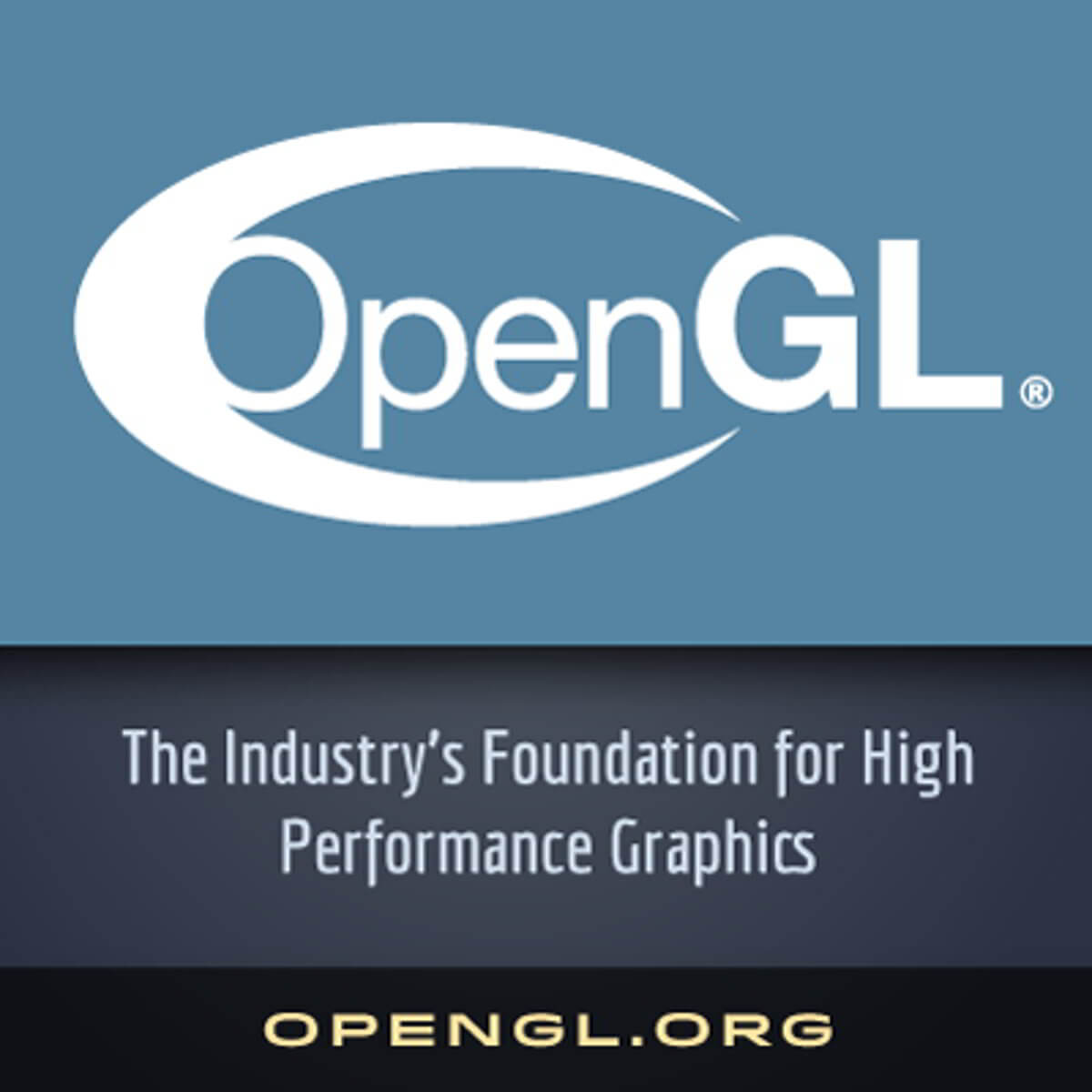
This information is used by back face culling which improves rendering performance by not rendering back faces of the triangles. By default OpenGL uses counter-clockwise order for front faces. OpenGL determines triangle front and back face based on vertex ordering. Vertices are ordered this way to get vertex ordering correct using triangle strips. This is how cube faces break down to triangles. In OpenGL terminology these are referred as Vertex Buffer Objects (VBO). OpenGL has a mechanism to create buffer objects to this memory area and transfer vertex data to these buffers. There are many ways to render polygons in OpenGL but the most efficient way is to use only triangle strip primitives and render vertices from graphics hardware memory. Texture - >setWrapMode( QOpenGLTexture ::Repeat) Wrap texture coordinates by repeating // f.ex. Texture - >setMagnificationFilter( QOpenGLTexture ::Linear) Set bilinear filtering mode for texture magnification Texture - >setMinificationFilter( QOpenGLTexture ::Nearest) Set nearest filtering mode for texture minification Texture = new QOpenGLTexture( QImage( ":/cube.png"). Texture coordinate will be automatically interpolated on polygon faces. It transforms vertex position using MVP matrix to screen space and passes texture coordinate to fragment shader. It gets vertex data and model-view-projection matrix (MVP) as parameters. It also makes graphics pipeline more efficient because user can decide what kind of pipeline is needed for the application.įirst we have to implement vertex shader.

This makes graphics pipeline very flexible but in the same time it becomes more difficult because user has to implement graphics pipeline to get even the simplest example running. Since OpenGL ES 2.0 doesn't support fixed graphics pipeline anymore it has to be implemented by ourselves. We'll start by initializing OpenGL ES 2.0 in MainWidget. Transfers polygon geometry to vertex buffer objects and draws geometries from vertex buffer objects.

It shows how to handle polygon geometries efficiently and how to write a simple vertex and fragment shader for a programmable graphics pipeline. The Cube OpenGL ES 2.0 example shows how to manually rotate a textured 3D cube with user input, using OpenGL ES 2.0 with Qt.


 0 kommentar(er)
0 kommentar(er)
